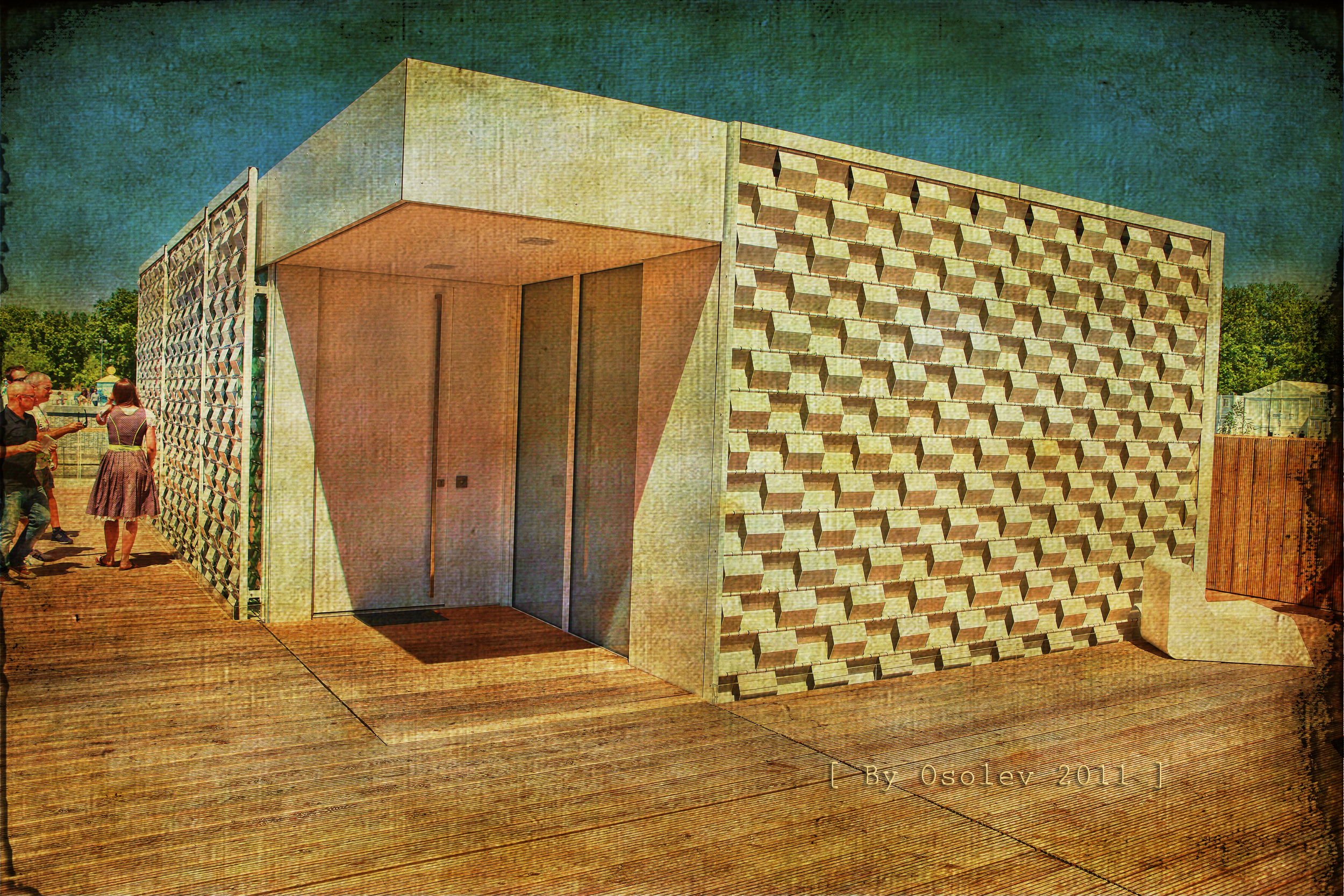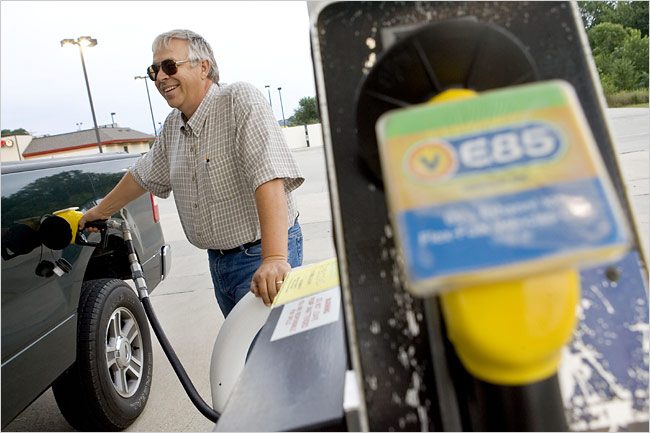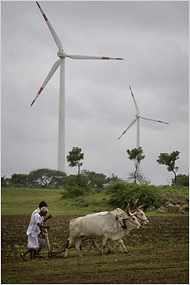
Behold the IKAROS house. Built in Germany by the University of Applied Sciences (Rosenheim), this house aims to be completely self-sustainable. The build uses a wealth of green technology like natural ventilation, solar panels and vacuum insulation panels, as well as efficient mechanical systems. “Yeah, yeah,” I hear all you inspired economists saying. “But what’s it cost and what’s the ROI?”
The IKAROS house reportedly costs €275,000 (£239,027, $362,800) to build but will save a family of four around €4,600 (£4,000, $6,000) in energy costs every year. According to Inhabitat, that makes the house a net money producer, since it generates more energy than it uses.
The IKAROS house was unveiled in 2010 during the European Solar Decathlon. While it is still not commercially available, the lessons learned from IKAROS can help you to get a ‘green’ home without breaking the bank.
Research has shown that homebuyers are willing to pay upwards of an extra £24,500 ($37,500) for a green home with the promise to save money in the longer term. So if you’re looking to buy a home or you’re a homebuilder looking to create homes people really want, how do you go about creating the ultimate energy-efficient home?
- Floor insulation can do wonders for your home and you can save around £60 per year. Likewise, loft insulation is ideal too, as 25% of the home’s heat is lost through your loft.
- Certain appliances and strategies can do wonders to cut the amount of energy you use. Take the bathroom for example; by simply swapping your toilet for a dual-flush toilet, you can use 30% less water every single flush, the best flushing toilet is the least flushing toilet!
- Solar energy technologies reduce the amount of heat and water used throughout the year, as well as earn you an income by generating excess units that can be sold back to the grid if your country has a Feed-in-Tariff scheme. A solar heating system can save you about 50% off your annual hot water bills.
- Make sure all the windows have at least B-rated double glazing and you can save around £170 per year off your utility bills.
- Cavity wall insulation helps to keep the warmth in your house, as well as reduce the amount of condensation produced. You can save you up to £140 a year, which means it will pay for itself in less than four years-time.
- Sheep’s wool is a great material for insulation because it has incredible heat-retaining properties. What is more, it has a breathable structure which means you won’t need to worry about dampness and mold issues.
- Why not used recycled copper during your build process? It is 100% recyclable, and is the best material for electrical conductivity.
- Do you need to use wood during your build? Reclaimed timber is proving a really popular source for floors, inner roofing and joists. It has fantastic natural insulation properties for your walls, and has low carbon emissions to reduce the home’s carbon footprint.
Photo from Osolev on Flickr Creative Commons
This article was written by Lauren Grice.



